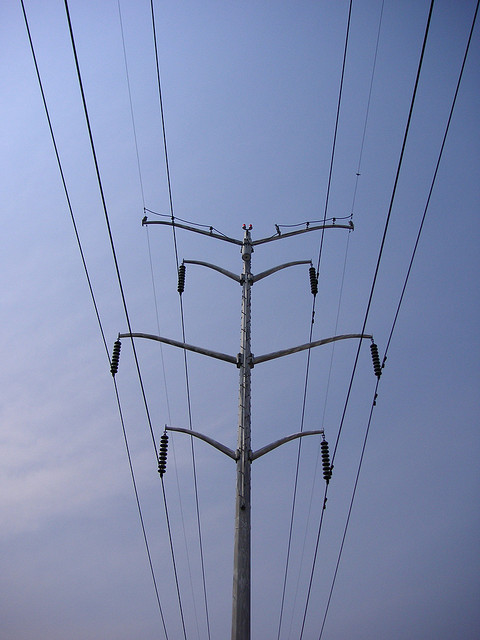Municipal electricity aggregation explained
By Lauren Chooljian

Municipal electricity aggregation explained
By Lauren Chooljian
The question on the ballot is as follows:
“Shall the City of Chicago have the authority to arrange for the supply of electricity for its residential and small commercial retail customers who have not opted out of such program.”
In short, we’re talking about municipal electricity aggregation. Here’s how it works: City Hall bundles all the residential and small business electricity customers together, and then they negotiate with smaller suppliers to see who can give them the best rate. It’s kind of like a Costco approach—buying in bulk means cheaper prices.
Chicago Mayor Rahm Emanuel is all for it.
“I’ve looked at other cities, buying in bulk can save homeowners and residents money. And so therefore I’ll support putting it on the ballot and I will advocate for it,” Emanuel told reporters last summer, when the referendum was first introduced.
If Chicago switched to this plan, it wouldn’t be alone: 248 other municipalities in Illinois have already started up their own aggregation programs, and some residents say it’s been working pretty well.
Take Wilmette homeowner Stephen Schwartz, for example. Schwartz says he’s always trying to save energy, as his mid-1930s colonial has all the problems of an older house: windows that aren’t well-insulated, uninsulated brick exterior, etc. He was glad the Village of Wilmette was able to cut his electricity rate in half through their aggregation program.
“All the lights are still on, I can still use my computer, charge the electric mower, that kind of thing, so no, no problems,” Schwartz said.
David Kolata, Executive Director of the Citizens Utility Board, said those savings could be available for Chicago, if voters say yes. According to Kolata, the current price from Commonwealth Edison is 8.32 cents a kilowatt hour, while smaller suppliers could offer an average rate of 4.83 cents a kilowatt hour.
If the referenda passes, Kolata says some things will still be the same. ComEd is still responsible for taking care of electrical poles and wires, but the actual electricity will come from the new supplier.
Still, Kolata warns the cheap rates of a municipal aggregation program might not last forever.
“Just because you’re saving now, this isn’t a magic bullet, and it may not always work,” Kolata said.
Kolata said ComEd’s higher prices are set to expire next June, and they’re expected to drop after that. Which means ComEd could eventually have the lowest rate.
As for ComEd, the company says it supports shopping around. In a statement, the company says it “encourages customers to shop for electricity,” and “customers should explore any opportunities to save money on their bills, whether that’s through shopping or energy efficiency.”
Voters looking for information about the city’s potential bidding process can head over to the city’s website: